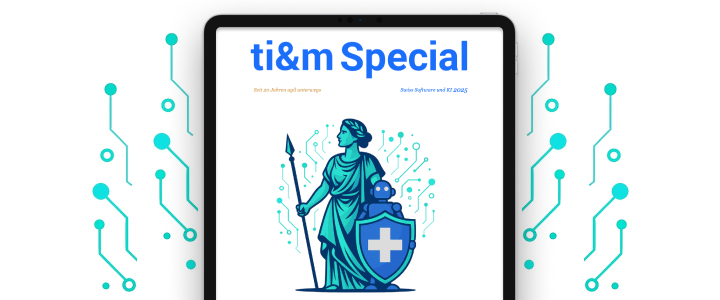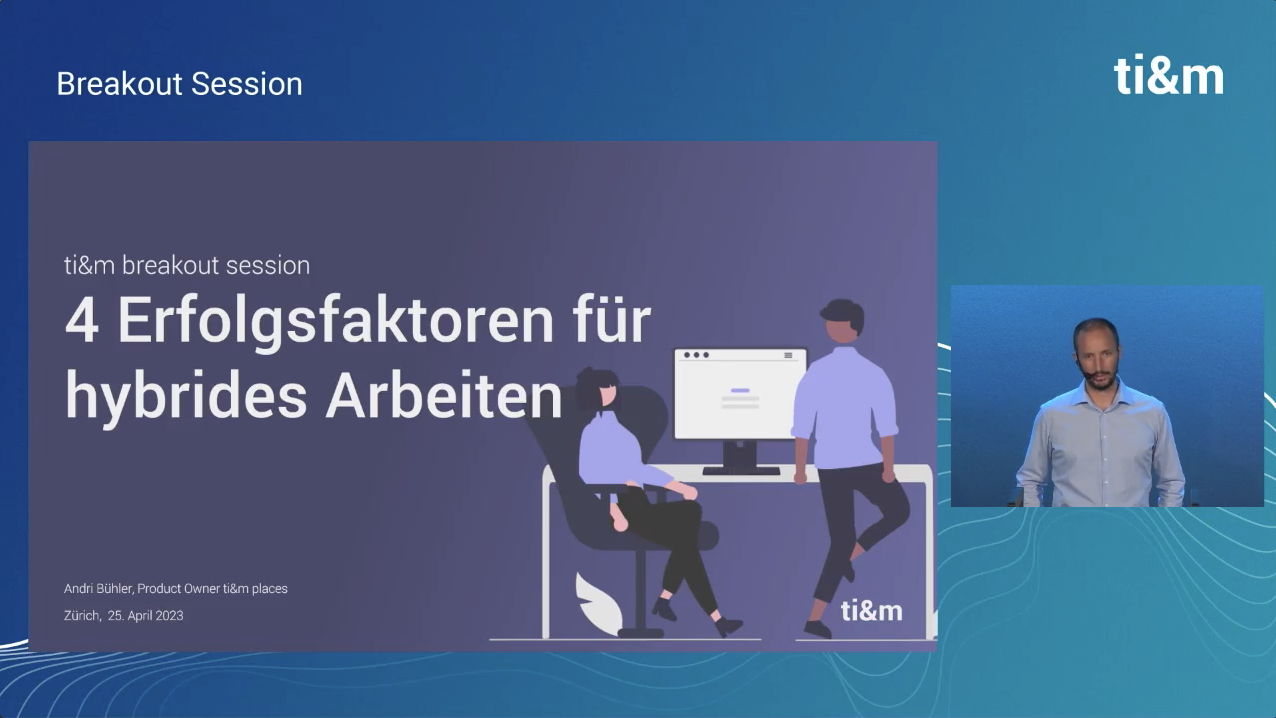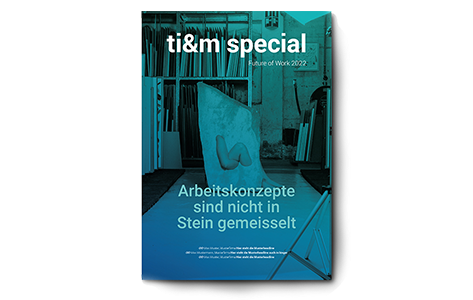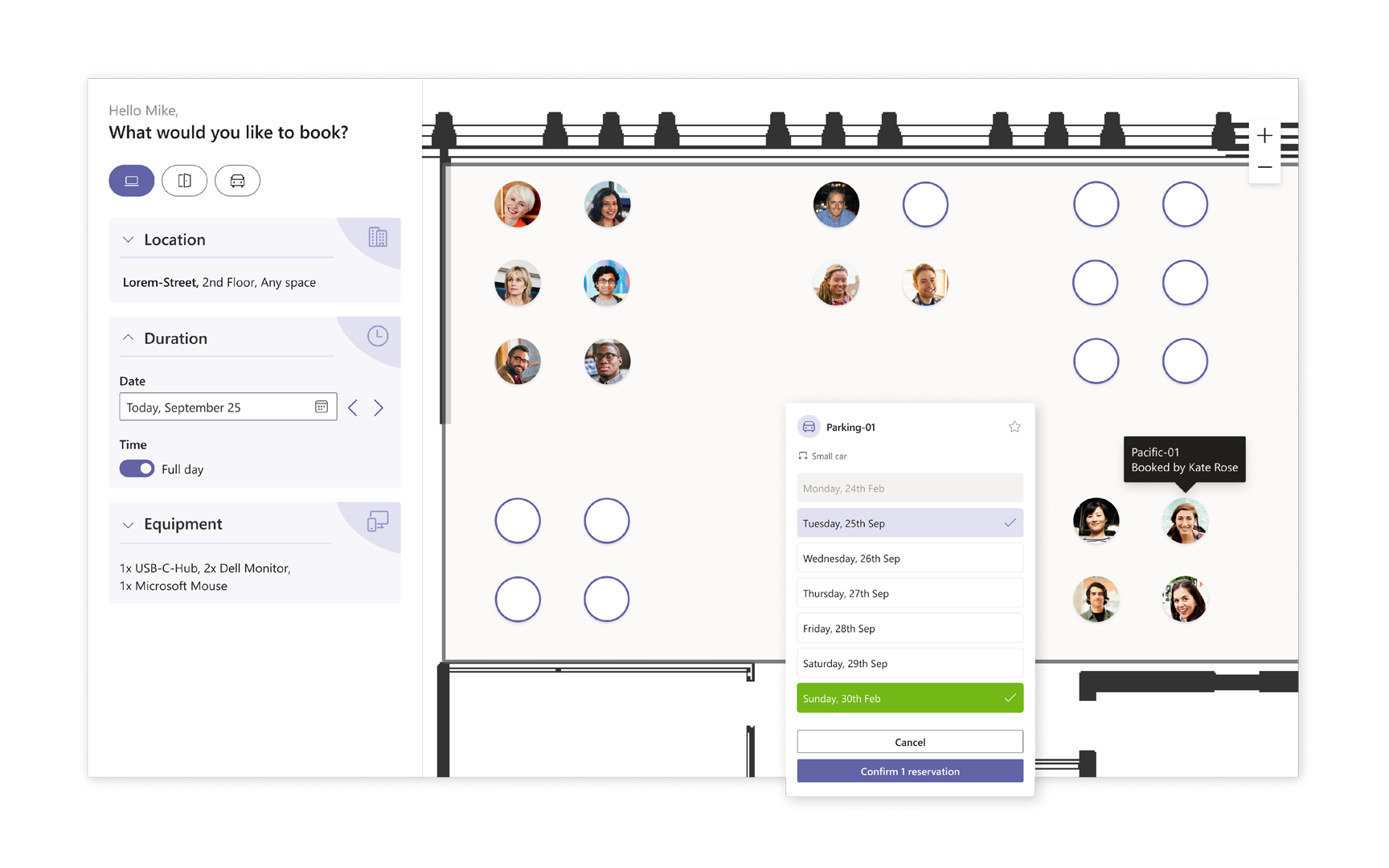Hybrid work: the new reality of working life – five points to keep in mind
At the latest since the pandemic, hybrid forms of work have become the norm in many companies. The mix of traditional in-person work at the office and working from home holds significant potential for companies and employees alike.
The following five aspects should be considered when transitioning to a hybrid working model:
- Digital architectures
- Office first vs. remote first
- Efficient use of resources
- Work-life balance
- Leadership culture
1. Digital architectures must be adapted to hybrid work
Secure and efficient access to all resources is an important prerequisite for a smooth, well-functioning hybrid work model. Modern zero trust architectures with secure access management ensure that remote access does not pose any security risks.
2. Office first vs. remote first: successful hybrid work requires framework conditions
Every company has to think about how it wants to structure its hybrid work. In addition to obvious factors such as production requirements or available office space, employee needs are playing an ever greater role in this process. The spectrum ranges from office first (remote work only in exceptional cases) to remote first (most of the work takes place outside the office; there might even be no office at all). There are plenty of variations to think about in between, such as fixed days of the week on which employees must be in the office or a maximum number of days on which they can work from home.
3. Efficient use of resources is essential
Office space is both expensive and scarce these days, especially in business hubs. Hybrid work can significantly reduce the space required. The prerequisite for this is intelligent user management, e.g. via a utilization analysis and reservation software tool such as ti&m places, in order to avoid vacancies and occupancy spikes. The company should bear in mind here that further resources such as screens, peripheral devices and also office furniture must be available to the employees in accordance with the applicable occupational health and safety requirements. The necessary investments cannot and should not be foisted on to the employees.
4. Work-life balance must not be neglected in hybrid work
A hybrid work model offers a wide range of benefits, both for employees and employers. It allows employees varying degrees of freedom in how they shape their lives. The integration of the working day into private and family life is individual and can be structured accordingly. On the other hand, clear regulations on core hours and availability are required, firstly to cover the needs of the company, but also to protect employees’ free time.
5. Leadership culture in a hybrid work model
Hybrid work encourages and requires a culture of trust and transparency. The value of employees’ contributions is measured by concrete results, rather than presence and “air time”. Leaders are therefore required to offer their employees empathetic, communicative and individual support and to involve them in the work processes. In a hybrid work environment, appreciation and feedback are even more important than in traditional settings.
Transitioning to a hybrid work model therefore involves consideration of several aspects. Only through the interplay of technology, organization and culture can hybrid work develop its full potential. We will look at each of these aspects in more detail in further posts on this blog.











